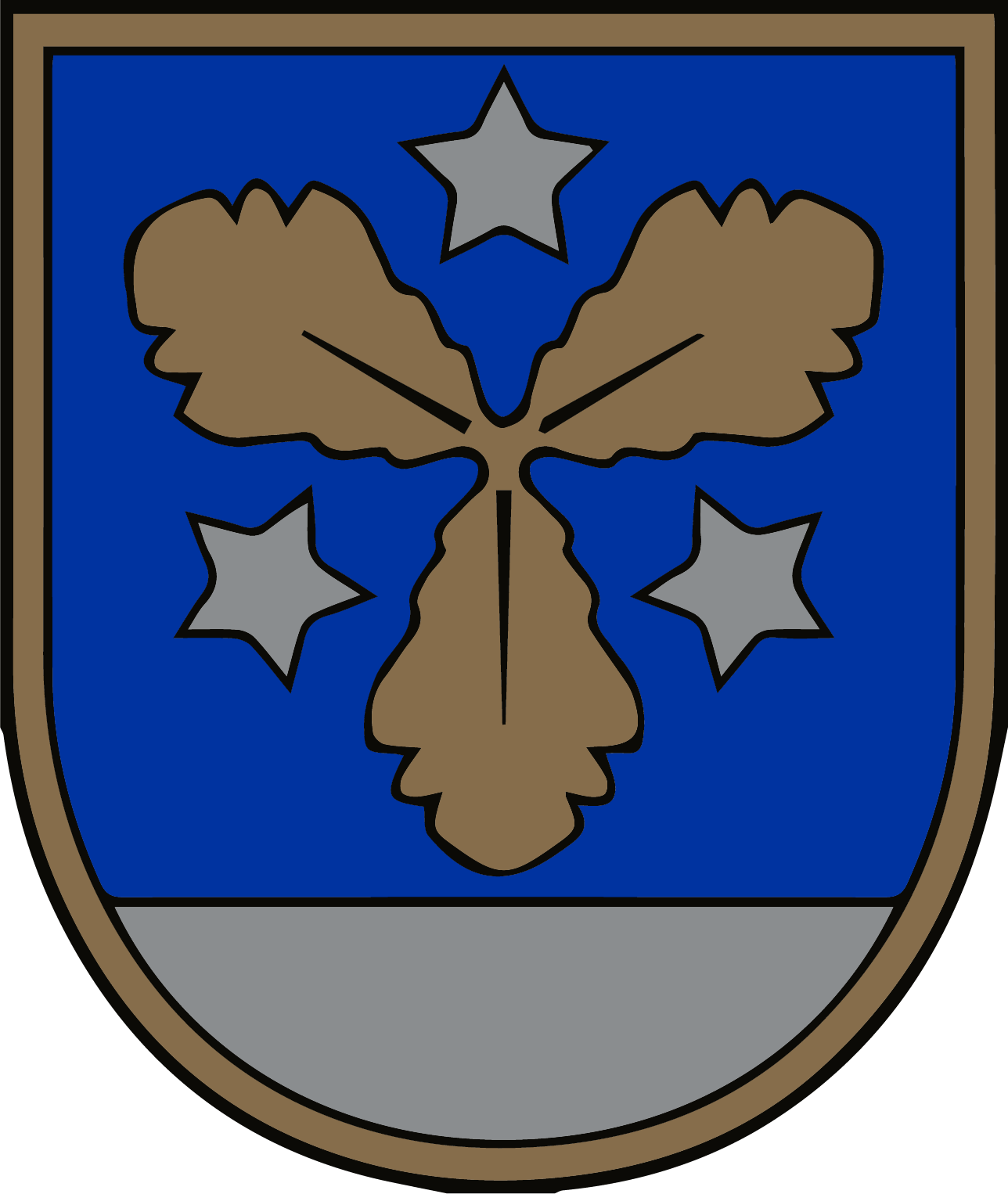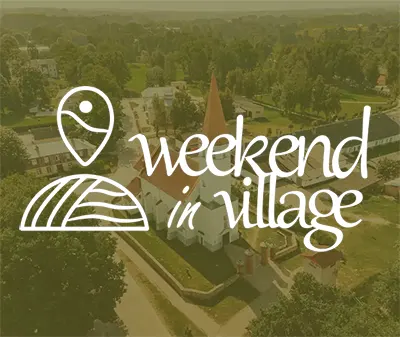(Audio guide) Historical origins of the Daugava River and Waterway
13.06.2022The Daugava River is our ‘River of Fate’, also called our ‘Dearest Mother’ and the ‘Heartfelt Daugava’. Let us take a moment and watch the river flow. Its dark waters reflect the numerous historical events determined by an interplay of various circumstances and their changes over time.
However, many of you are probably wondering about the beginnings of the Daugava River.
Its history dates back to approximately 10 000 to 15 000 years, as during the last ice age, the glaciers began to shrink and retreat gradually, and huge glacier tongues remained active in the lowlands. The ancient valley of the river was formed in the Pleistocene Epoch, which is best known as a time during which extensive ice sheets and other glaciers formed repeatedly on the landmasses and relatively many new life-forms evolved. It was rather a channelised meltwater drainage in subglacial and englacial conditions.
After the retreat of glaciers, the first species of plants and animals appeared on the banks of the river, followed by the first humans – gatherers and hunters. Although it was a very long time ago, the banks of the Daugava River are still one of the richest in Latvia in terms of the variety of plant species. However, the flow and the valley of the river have changed greatly since their early days.
When going for a walk on the promenade along the riverbanks, it is definitely worth taking a closer look at the tourist information board “The Ancient Daugava River” that shows the landscapes of the past near Aizkraukle as they once used to be.
Since the earliest times, people have been trying to settle on the banks of the Daugava River, depending on their needs and possibilities, and to benefit from the diversity the river offers. Apart from fishery, the Daugava River also served as an important waterway for the transportation of goods. As of the 20th century, it was also used as a source of electrical energy.
Some discoveries suggest that from 5th to 9th century, merchants, raiders, and Vikings, called ‘varangians’ in the Early Russia, used the river as part of the Eastern trade route that connected Scandinavia and Greece, Byzantium, Persia, and India. As a matter of fact, it was the Vikings who named it the ‘Route from the Varangians to the Greeks’.
Some historic sites remain to the present day as living witness of the significance of the waterway of the Daugava River in its vicinity, such as the impressive Aizkraukle Hillfort near Skrīveri, the Aizkraukle Order Castle built in the 13th century, that was one of the administrative divisions of the Order of the Brothers of the Sword called commanderies, and the Koknese medieval castle, built in 1209 by the bishop Albert and located at the mouth of the Pērse River where it meets the Daugava River, which was one of the largest and most significant medieval castles within the territory of Latvia. For several centuries, these castles served as strategic locations to manage the conquered territories.
Over time, the regimes changed, and so did the leaders, but the role of the Daugava River as a significant waterway remained unchanged. Sailors, barge haulers, boatmen, and rafters would use the river to transport a wide range of products, such as hemp, flax, wax, honey, grain, iron, leather, and industrial goods to Riga. However, the section of the river between Pļaviņas and Aizkraukle was full of challenges. The travellers would face a number of obstacles, such as rapids, underwater cliffs, sandbanks, and rocks, including the Grūbes rapids, also known as the Pļaviņas waterfalls, which were among the largest and most dangerous rapids of the Daugava River, and the turbulent Dzelzene rapids containing boulder stones, with a total length of approximately 0.5 km, which are located near Aizkraukle, where the Lauce River meets the Daugava River.
After the construction of the railway between the 1950’s and the 1960’s, the number of barges decreased, whereas the number of rafts increased.
The trade of a rafter was a popular and well-paid trade among the farmers living on the banks of the Daugava River. The rafts coming from Russia would often crash in the turbulent rapids, so the Russians would hire young Latvian men who were very well aware of each and every obstacle on the river.
Nowadays, it is hard to imagine that rafts consisting of six to eight sections, with a total length of up to 70 m, moved along the river one after another like a train with wagons. Young boys would catch the trunks of broken rafts, as in the 1930’s, they were paid one lats for each trunk pulled out of the river. After the World War II and the construction of the Pļaviņas Hydroelectric Power Plant, the Daugava River was no longer used as a trade route.
 The project "Use of unique geological and geomorphological nature values in the development of green educational tourism" (LLI-483, GEOTOUR) is implemented under the Interreg V-A Latvia-Lithuania Cross-border Cooperation Programme 2014-2020.
The project "Use of unique geological and geomorphological nature values in the development of green educational tourism" (LLI-483, GEOTOUR) is implemented under the Interreg V-A Latvia-Lithuania Cross-border Cooperation Programme 2014-2020.
The objectives of the project are to create a sustainable and educational tourism offer, to increase the flow of visitors to the regions, to improve knowledge and understanding of the unique natural values.
Total project funding: EUR 649 972.15 (including ERDF funding - EUR 552 476.31), Aizkraukle municipality funding - EUR 165 913.42, of which ERDF funding - EUR 141 026.40 and municipal co-financing - EUR 24 887.02.
Information on the Interreg V-A Latvia-Lithuania Cross-Border Cooperation Programme 2014-2020 http://www.latlit.eu,
Official website of the European Union http://europa.eu/
This publication has been produced with the financial support of the European Union.
The content of this publication is the sole responsibility of Aizkraukle Municipality and can under no circumstances be regarded as an official position of the European Union.
Link to the municipality's website about the project LLI-483 “Unikālu ģeoloģisko un ģeomorfoloģisko dabas vērtību izmantošana zaļā izzinošā tūrisma attīstībā'' | Aizkraukles novada pašvaldība
- Aizkraukle municipality and Koknese Tourism Information centre
1905. gada iela 7, Koknese
(+371) 29275412, (+371) 65161296 - Aizkraukle Tourism Information point
Lāčplēša iela 4, Aizkraukle
(+371) 25727419 - Jaunjelgava Tourism Information point
Jelgavas iela 33, Jaunjelgava
(+371) 27366222 - Pļavinas Tourism Information point
Daugavas iela 49, Pļaviņas
(+371) 22000981 - Skrīveri Tourism Information Point
Daugavas iela 85, Skrīveri, Skrīveru pagasts
(+371) 25661983 - Staburags Tourism Information point
Staburaga saieta nams, 2. stāvs, Staburags, Staburaga pagasts
(+371) 29892925 - Nereta Tourism Information point
Dzirnavu iela 5, Nereta, Neretas pagasts
(+371) 26674300 - Mazzalve Tourism Information point
Skolas iela 1, Ērberģe, Mazzalves pagasts
(+371) 26156535 - Irši Manor Barn - Magazina
Irši, Iršu pagasts
(+371) 29275412






